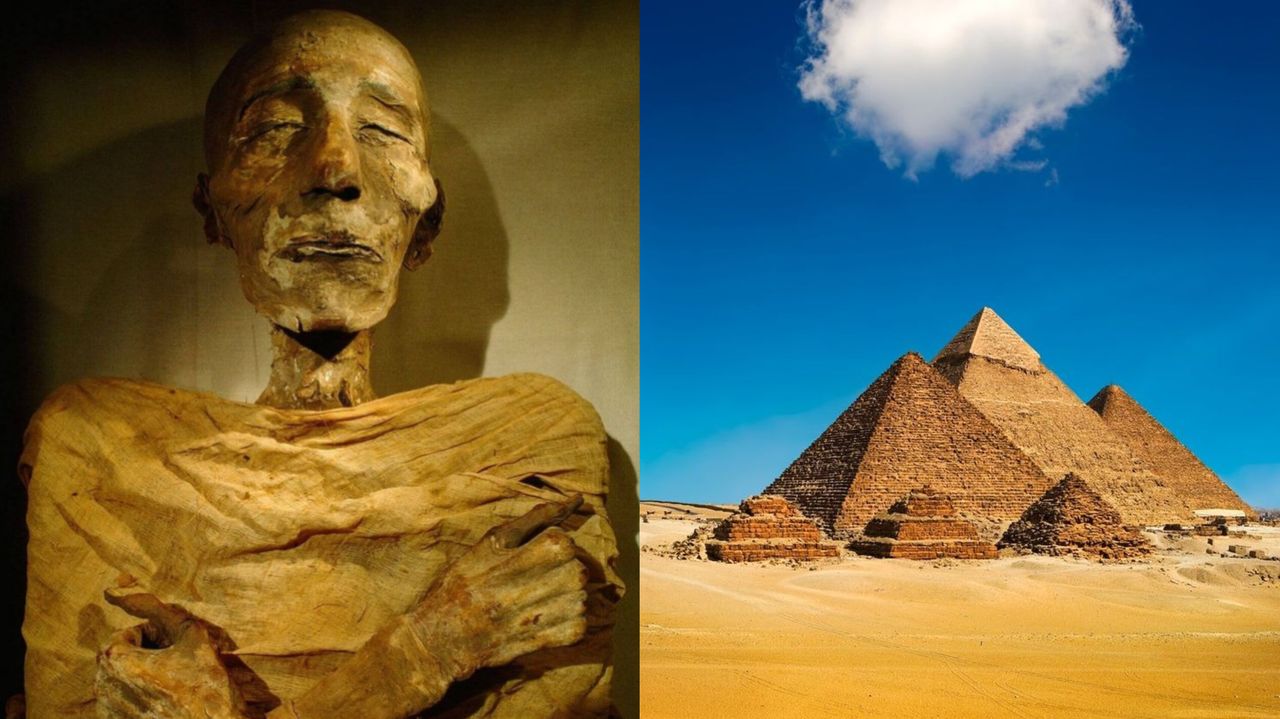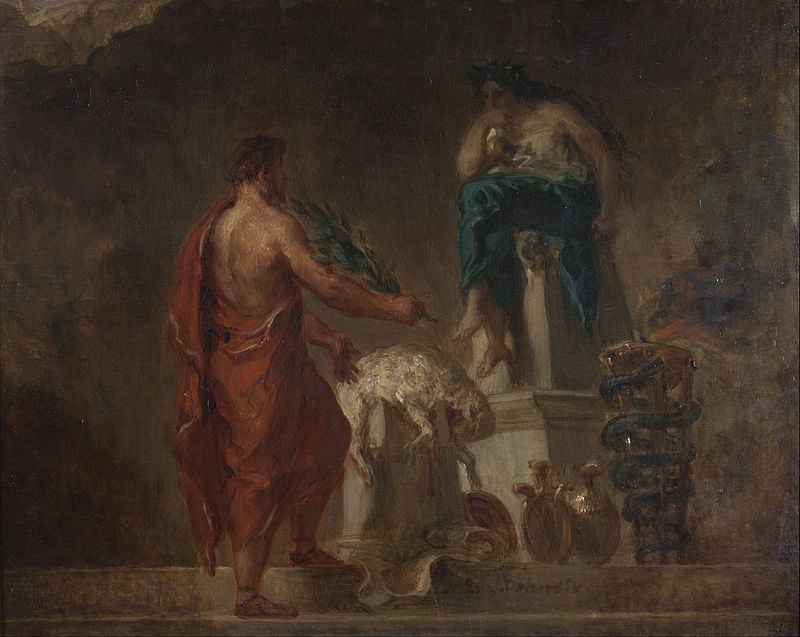The “Spirit of Córdoba" refers to the rich cultural, historical, and intellectual heritage of Córdoba, Spain, which was once a significant...
Vous n'êtes pas connecté
- English
- Français
- عربي
- Español
- Deutsch
- Português
- русский язык
- Català
- Italiano
- Nederlands, Vlaams
- Norsk
- فارسی
- বাংলা
- اردو
- Azərbaycan dili
- Bahasa Indonesia
- Հայերեն
- Ελληνικά
- Bosanski jezik
- українська мова
- Íslenska
- Türkmen, Түркмен
- Türkçe
- Shqip
- Eesti keel
- magyar
- Қазақ тілі
- Kalaallisut ; kalaallit oqaasii
- Lietuvių kalba
- Latviešu valoda
- македонски јазик
- Монгол
- Bahasa Melayu ; بهاس ملايو
- ဗမာစာ
- Slovenščina
- тоҷикӣ ; toğikī ; تاجیکی
- ไทย
- O'zbek ; Ўзбек ; أۇزبېك
- Tiếng Việt
- ភាសាខ្មែរ
- རྫོང་ཁ
- Soomaaliga ; af Soomaali
 Maroc - POPDIARIES.COM - A La Une - 15/Aug 06:26
Maroc - POPDIARIES.COM - A La Une - 15/Aug 06:26
Decoding the Secrets of Mummies in the Pyramids: What You Need to Know
The mummies found within the pyramids of ancient Egypt are among the most fascinating and enigmatic artifacts of human history. These mummies, which date back to the time of the Old Kingdom (approximately 2686-2181 BCE) and later periods, offer invaluable insights into ancient Egyptian beliefs, practices, and daily life. The pyramids themselves, monumental structures built as tombs for pharaohs and other elite individuals, were designed to safeguard the deceased in the afterlife, reflecting the Egyptians' deep spiritual and religious convictions. Mummification, the process used to preserve bodies for the afterlife, was an elaborate and highly ritualistic practice. It involved the careful removal of internal organs, which were then treated and stored in canopic jars. The body was desiccated using natron, a naturally occurring salt mixture that prevented decomposition. Afterward, the body was wrapped in linen bandages, often with amulets and charms placed between the layers to protect the deceased in the journey to the afterlife. The detailed artistry of the wrappings and the inclusion of these protective items highlight the Egyptians' meticulous approach to ensuring the deceased’s successful transition to eternity. Inside the pyramids, mummies were placed in elaborate sarcophagi and surrounded by various artifacts intended to accompany them into the next world. These artifacts included items of daily use, such as furniture, jewelry, and food offerings, which were believed to be needed in the afterlife. The richness of the burial goods often reflected the status of the individual, with pharaohs and high-ranking officials receiving more elaborate and luxurious provisions compared to commoners. The pyramids also served as a grand symbol of the deceased’s power and prestige. The Great Pyramid of Giza, for instance, was constructed for Pharaoh Khufu and is the largest of the three pyramids at Giza. It was designed to ensure that the pharaoh's spirit would ascend to the heavens and join the gods. The precision and scale of pyramid construction reflect the Egyptians' sophisticated understanding of engineering and their deep commitment to their religious practices. Furthermore, the study of these mummies provides crucial information about ancient Egyptian society. Analysis of the mummies’ physical remains offers insights into the health, diet, and lifestyles of the people from various periods. For example, researchers can study bone and teeth samples to understand common diseases, nutritional deficiencies, and even the effects of social status on health. Additionally, the inscriptions and texts found on the mummies and their coffins provide a wealth of information about the individuals’ lives, their roles in society, and the religious rituals performed for their benefit. In essence, the mummies in the pyramids are not merely relics of a bygone era but are keys to unlocking the rich tapestry of ancient Egyptian civilization. They represent a complex interplay of religion, art, and societal structure, offering a profound glimpse into how the ancient Egyptians viewed life, death, and the cosmos. Through ongoing research and exploration, these ancient remains continue to reveal the secrets of a civilization that has captivated imaginations for centuries. READ MORE - Timeless Treasures: The Most Stunning Trees in the World
Articles similaires
Rekindling The ‘Spirit Of Cordoba’ – Analysis
The “Spirit of Córdoba" refers to the rich cultural, historical, and intellectual heritage of Córdoba, Spain, which was once a significant...
Egypt considers mandating Arabic and religious education in international Schools
Rafat Fayyad, an education expert, stated that international schools were originally intended for the children of foreign communities and not for...
Women of the Gods: The Status of Priestesses in Ancient Greece
Ancient Greece had some famous priestesses who played a significant role in the religious and cultural life of the time. The Greeks had established a...
Women of the Gods: The Status of Priestesses in Ancient Greece
Ancient Greece had some famous priestesses who played a significant role in the religious and cultural life of the time. The Greeks had established a...
Prophet Abraham The Hebrew: The First Successful Prophet – OpEd
Egyptians (who are not Semites) and Semites mostly circumcised their Priest's boys. Two groups of Semites migrated west toward the Levent c.2400...
Unveiling the secrets of Nefertari: The Egyptian Museum in Italy’s Turin breaks attendance records
The Egyptian Museum in Turin has reported a surge in visitors during the recent August holiday. Between the 14th and 18th, nearly 18,000 individuals...
Keys To Building Human Bridges To The Past – OpEd
Human technologies have continued to evolve exponentially since the end of the Paleolithic: today we are using them to learn more about the...
Keys To Building Human Bridges To The Past – OpEd
Human technologies have continued to evolve exponentially since the end of the Paleolithic: today we are using them to learn more about the...
7 wonders of the world that you may have never heard of
These hidden gems can be found in different corners of the world. When we think about the wonders of the world, we imagine famous landmarks like the...
Les derniers communiqués
-
Aucun élément

